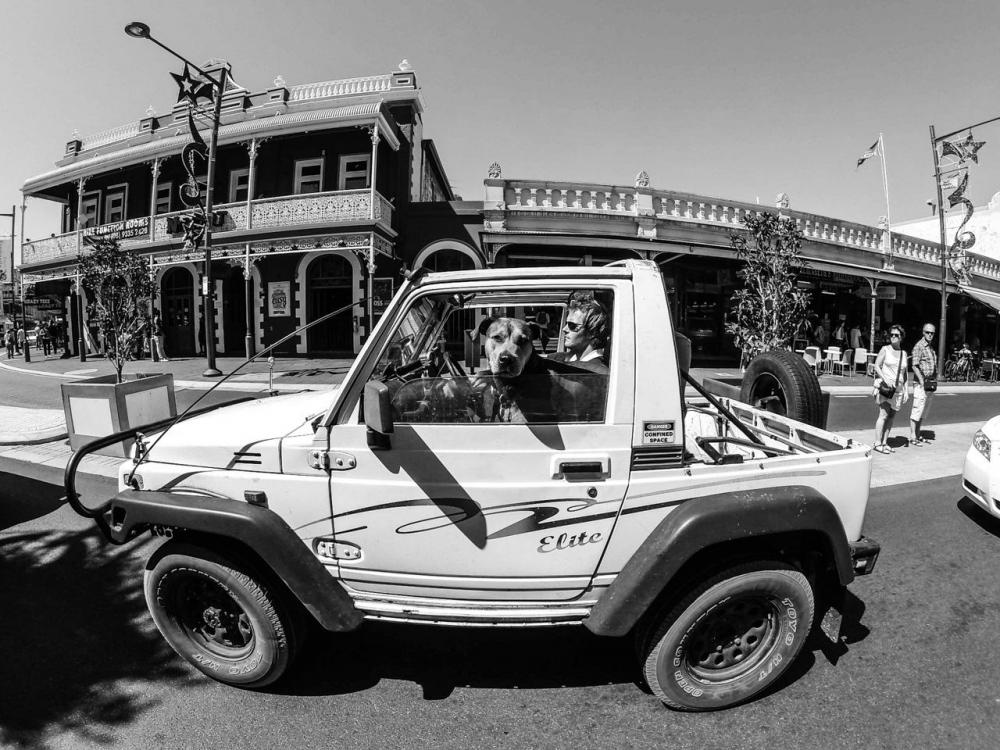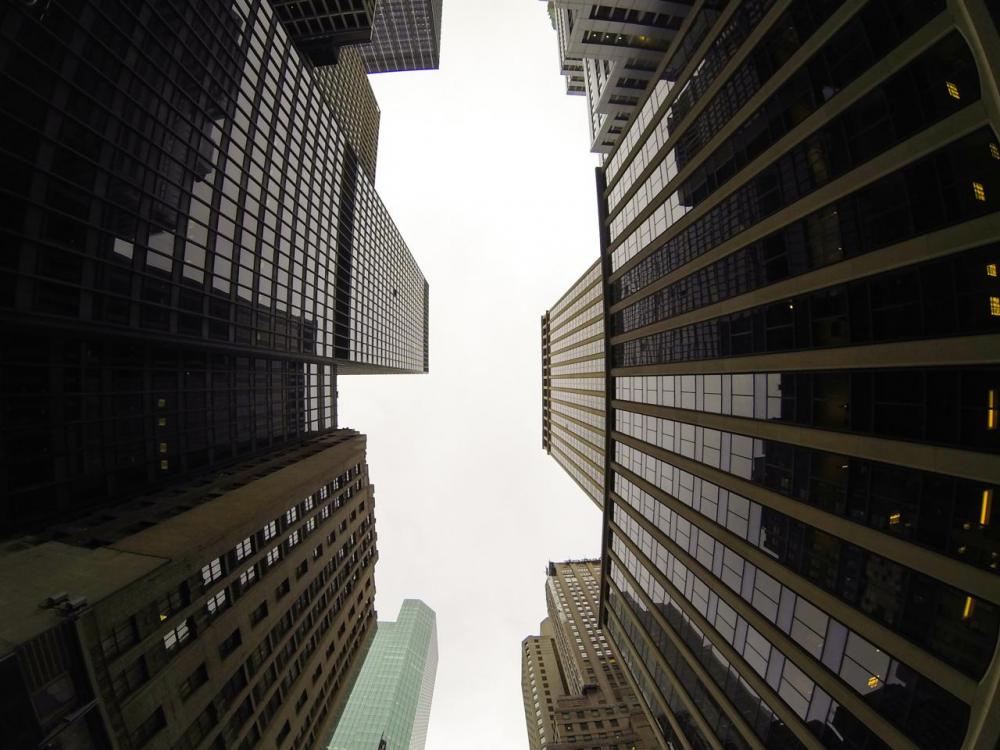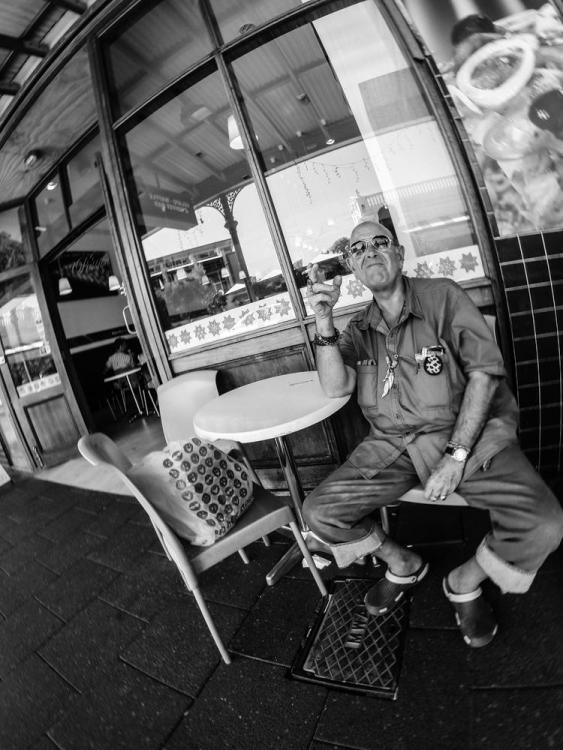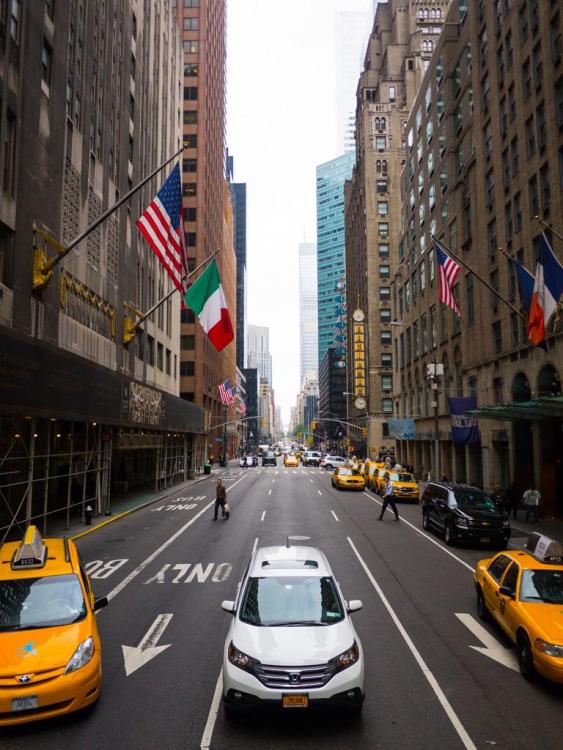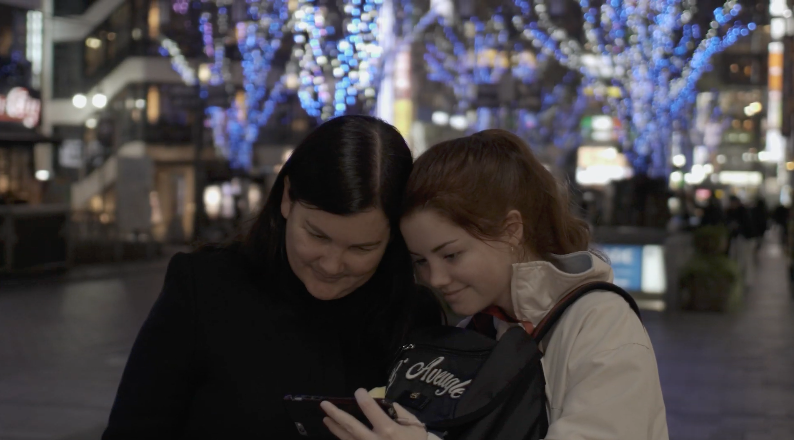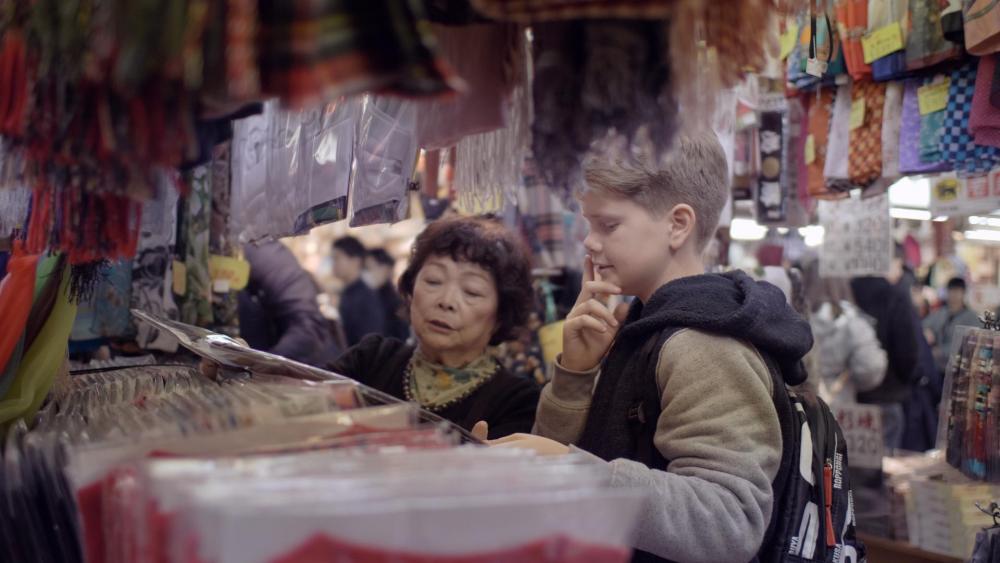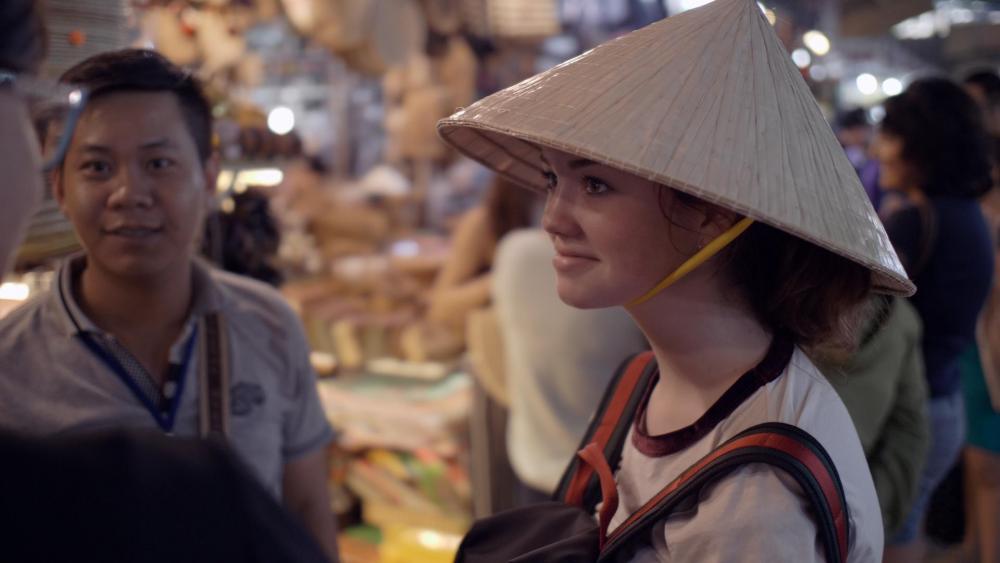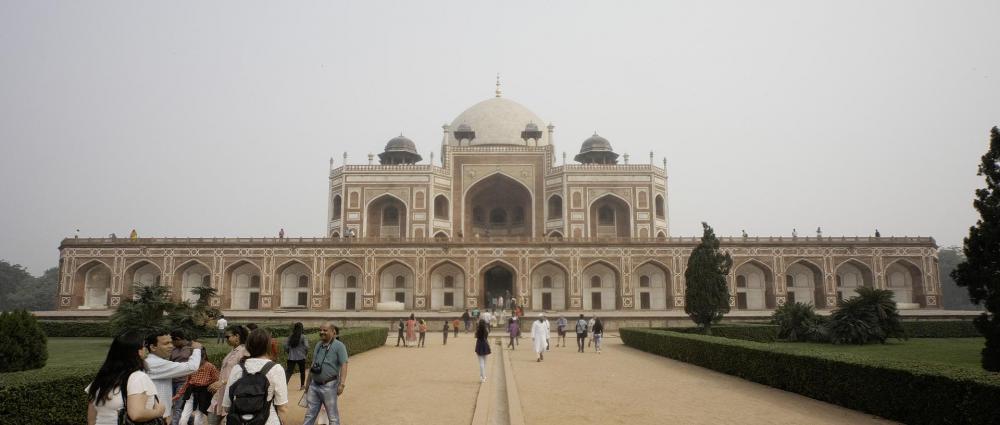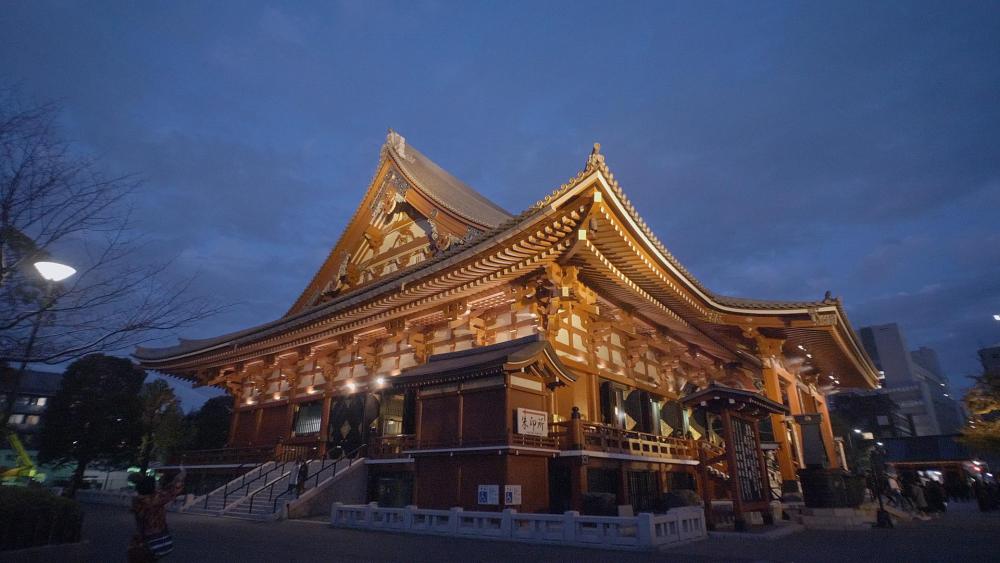-
Posts
7,997 -
Joined
-
Last visited
Content Type
Profiles
Forums
Articles
Everything posted by kye
-
I've already asked if it can be modified to make cappuccinos...
-
That's a more compact setup than the anamorphic frankenstein rigs you've posted before! (although the images they make are probably lovely...)
-

Find the best video quality for under $200 - fun challenge
kye replied to Andrew - EOSHD's topic in Cameras
I'm ready to ship one of my cameras. Luckily I have all these boxes left over from buying vintage lenses.. lol ??? -
I'm not so naturally bold, but have pushed myself and gotten some interesting images. I even did some using a GoPro in one of the burst burst modes (10 photos over 2 seconds IIRC) and getting super close, which is easier because the camera is so small. A few GoPro street photography pics.... and this one was taken at about two to three feet from this guys face, but looks much further than that because of the wide angle: Any camera can work if you put interesting things in front of it and put in the time...
-
Yeah, I can't imagine what that must be like. Someone I know recently went on holiday and while away her hot water system started leaking, putting steam all through her whole (nicely locked up) apartment. Over the few weeks she was away everything went mouldy, so she's now basically having to almost start again. She works in a medical field and lost all her books and university notes and paper resources, so the loss is difficult to fathom. I had a leaky hot water system in my apartment while I was away but luckily had a window slightly open and a fan on so avoided any impacts. That could have gone very differently. Good to hear about the insurance company being good. My sympathy to you.
-
Back when I was focusing on still images, I did some analysis of my ~50k image LR catalog and found a few interesting things: The majority of keepers were towards the middle of my 28-84mm equiv zoom range There were lots of shots at the widest end of my lens range 28mm and lots at the longest end 84mm On the back of that I explored a wider focal length range and have discovered that when I travel I like 16mm for "wow" wides, 35mm for environmental portraits, and thirdly an ~80mm when you need a bit more reach, but that's used a lot less than the first two. I only need a longer lens when I'm doing sports or wildlife, and am currently rocking a setup that is equivalent to 280-840mm and even that isn't long enough sometimes. The conclusion I drew was that the 24-70 standard zoom is great for general use, and is absolutely the best choice in terms of being the default kit lens on most cameras. Everyones shooting style will differ (of course) so my advice is to ignore what everyone else does (unless you're buying a lens for everyone else) and concentrate on what you shoot and how you shoot it. Over the years I have used the equipment I had, kept notes about what worked and what didn't, and only bought new equipment when I found an issue that impacted me in real life. This is the best path to understanding yourself and getting the best equipment for the job.
-

Adobe shambles - Why subscription software should be illegal
kye replied to Andrew - EOSHD's topic in Cameras
I have heard that there are some limitations (or issues, can't recall) with multi camera editing in Resolve, so you're not alone. Resolve is great and I'm a big fan, but it's not perfect by any stretch of the imagination, and the amount of work to transition is not to be underestimated. I only got into editing in the last few years and so I was able to evaluate all the editing options without having any muscle memory or preconceived notions around any of the options, so that's a situation not many others will be in. -
That is absolutely spectacular. Wow. Seriously.. @Ed_David
-
I was thinking of Banksy... And in terms of not existing in the real industry, if this guy is making a living by making videos then he is in the industry!
-
I suspect you're right. The APSC factor, combined with that the 85mm might have been the fourth prime people bought, plus it wasn't the default lens with any camera.. Damn!! I know that the Rokinon/Samyang 85/1.4 is probably the best price-performance out there but I just didn't want to spend that much for an occasional lens.
-
Typically specs that are on the camera-end of the lens are more likely to show up in footage than those at the front end of the lens, but it will depend on the aperture. At wide apertures you'll be throwing the specs out of focus more than at small apertures, like f22 for example.
-
Yeah, or they didn't make as many of them perhaps. The fact that the Yongnuo 85mm f1.8 is over three times the price of a Yongnuo 50mm f1.8 is a sign as well. They'd have a very similar optical design I would think.
-

Is it possible to get a full filmmaking kit into one case?
kye replied to Oliver Daniel's topic in Cameras
I'd start by taking all the gear and laying it out on a flat surface to see if that's possible. Obviously a case works in 3D but you'd get a sense of how to lay it out, what might be a good starting point, and if it's hopeless to begin with. I have padded inserts with velcro dividers that you can move around and face a similar battle each time I plan a holiday and have to work out how to fit everything in. -
Why aren't there a bunch of cheap ~80mm lenses around the place? People talk about 50mm as the normal lens and the internet is drowning in them, even having fancy names like "nifty fifty", but 80mm is referred to as a classic portrait focal length so why aren't there nicknames for this focal length and bucket loads of vintage 85mm f1.8 lenses sitting on ebay ready to be plucked like ripened fruit? It's not like zooms were that great back in the day and the quadrillion 135mm lenses around are too long to replace an 85mm as the default portrait length.
-

Adobe shambles - Why subscription software should be illegal
kye replied to Andrew - EOSHD's topic in Cameras
There is a version that you buy a licence through an app store, but it's not as good as the hardware dongle version I've heard. Googling would reveal more info. In terms of using a dongle though, if you pull it out then Resolve notices it fairly quickly and politely asks for it back -

Adobe shambles - Why subscription software should be illegal
kye replied to Andrew - EOSHD's topic in Cameras
Cool, what version of Resolve was that? And yeah, change is hard. Resolve has a pretty hardcore keyboard customisation engine, and they've put in presets for other NLEs but the layouts and methods and tiny features still take a long time to adjust to. One of the Adobe YT crew did a comparison of Premier and Resolve and one of the gripes she mentioned was a single button click away from fixing, but there would be dozens of those to learn in converting. It just depends on how much pain you are in... ??? -

Adobe shambles - Why subscription software should be illegal
kye replied to Andrew - EOSHD's topic in Cameras
The free version of Resolve has almost all the functionality of the paid version, and a one-off purchase (of $300 IIRC) potentially comes with unlimited future upgrades. They don't guarantee that, but I bought a dongle when v12 was out and it still works on v16, and people who bought at?previous versions are also around saying the same thing. If you buy a physical dongle then I think you can use it across however many computers you like, just not at the same time, and you won't be subject to the Apple store licencing restrictions. There are also threads of people petitioning BM to give it still image editing so they can also ditch LightRoom, but I'm not sure on how likely that is. Come on in, the water is fine -
Here's a few shots from my 17.5mm f0.95 lens on MFT.. It's equivalent to a 35mm f1.9 lens on a FF sensor, so it's pretty fast. Not sure which of these are wide open or not, but you can definitely get shallow dof if you want to. People talk about f2.8 mft lenses like they're fast, but they're really not. You need to have things around f1 for them to start using that phrase. Also remember that the dof is related to the aperture, which is proportional to the focal length, so a 25mm f0.95 has shallower dof than my 17.5mm f0.95, so if you're using longer lenses then it's easier to get that FF look.
-
I thing that learning about ourselves as filmmakers is the ultimate challenge, as no amount of fancy/big/small/lightweight/Hollywood equipment will make shooting an easier process if we don't know who we are, what we're shooting and why we're doing it in the first place. I'm not sure about you, but a good amount of my indecision comes from my curiosity about all the new and shiny things that are around... we have 70+ years of cinematic history to explore, and even if the vintage stuff doesn't peak our interest, we have manufacturers in a perpetual deathmatch trying to create new equipment that will give Hollywood results for pocket-change budgets, and there are many hidden gems to be explored. Of course, this curiosity for equipment is really curiosity to learn about ourselves, and the people who are top of their game will have their go-to setup that they've worked out suits their own methods and goals and are pushing forward on other creative pursuits rather than technical ones, but the battle for perfection in creativity is a journey with no end
-
So, if it's a 1.33x adapter on a 24mm equiv FOV then would it have the same horizontal FOV as an 18mm then? That's pretty freaking wide, which (IMHO) is pretty awesome. My 16mm equiv wide angle gives great perspective when the subject calls for it...




